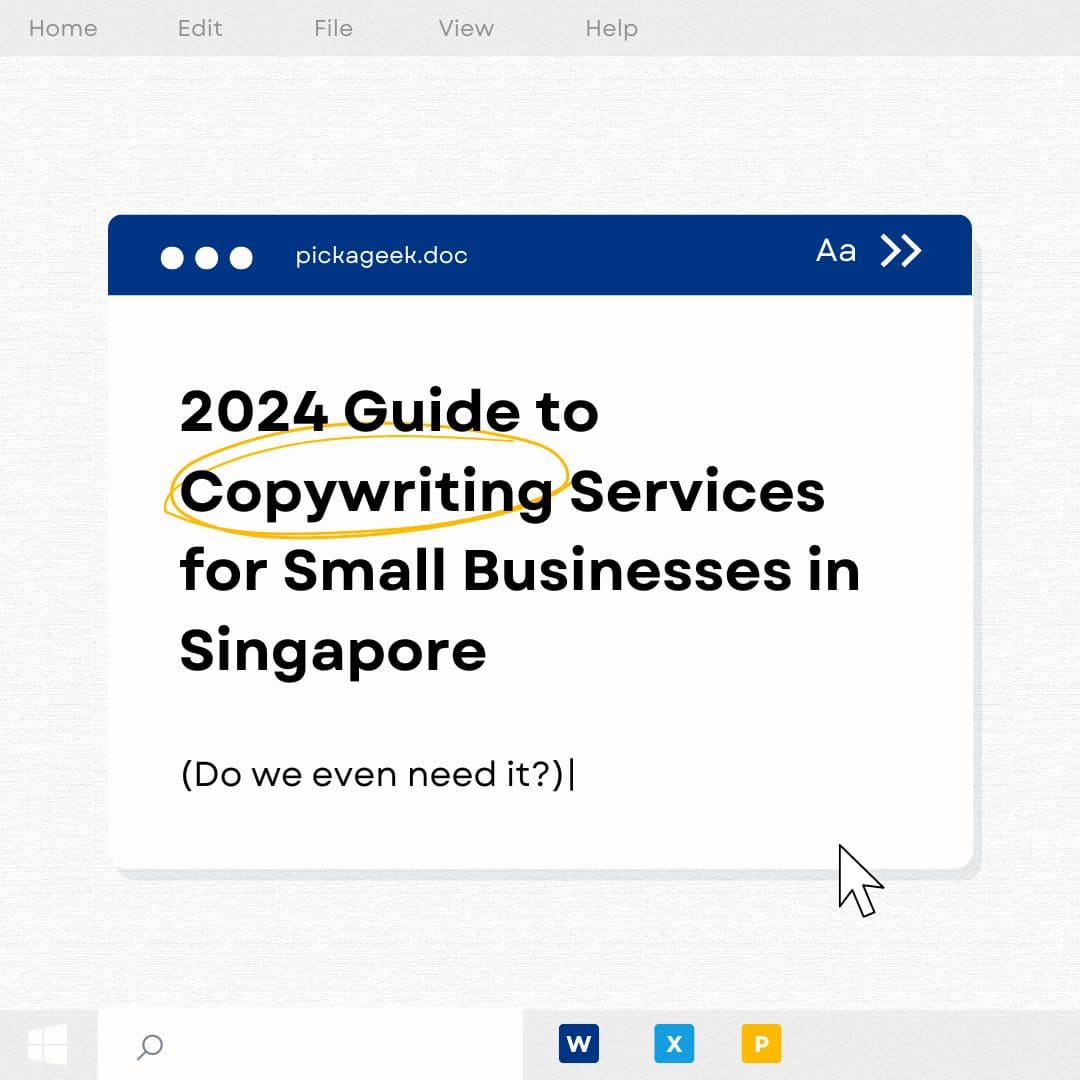What is the Google Sandbox? The term "Google Sandbox" refers to a speculated phase where…

How to Plan Your Social Media Budget?
How to Plan Your Social Media Budget?
Social media is a powerful tool for businesses to reach and engage with their target audiences, build brand awareness, generate leads, and increase sales. However, social media marketing is not free. It requires time, effort, and money to create and distribute high-quality content, run effective campaigns, and measure the results. Therefore, it is important to plan your social media budget carefully and allocate it wisely.
What is a Social Media Budget?
A social media budget is the amount of money you spend on your social media activities, such as:
- Content creation: This includes the costs of producing and editing various types of content, such as images, videos, podcasts, blogs, infographics, etc.
- Content distribution: This includes the costs of publishing and promoting your content on different social media platforms, such as Facebook, Instagram, Twitter, LinkedIn, YouTube, etc.
- Tools and software: This includes the costs of using various tools and software to manage, optimize, and analyze your social media presence, such as scheduling, analytics, design, editing, etc.
- Advertising: This includes the costs of running paid ads on social media platforms to reach a larger and more targeted audience, such as boosting posts, creating campaigns, bidding, etc.
- Training and education: This includes the costs of learning and staying updated on the latest trends, best practices, and strategies for social media marketing, such as courses, webinars, books, etc.
- Human resources: This includes the costs of hiring and paying social media professionals, such as managers, strategists, specialists, consultants, etc.
How to Plan Your Social Media Budget?
Planning your social media budget involves four main steps:
- Define your goals and objectives: The first step is to identify what you want to achieve with your social media marketing, such as increasing brand awareness, generating leads, driving traffic, boosting sales, etc. You should also set specific, measurable, achievable, relevant, and time-bound (SMART) goals and key performance indicators (KPIs) to track your progress and evaluate your results.
- Research your audience and competitors: The second step is to understand who your target audience is, what their needs, preferences, and pain points are, and where they spend their time online. You should also analyse your competitors, their social media presence, their strengths and weaknesses, and their strategies and tactics. This will help you to identify your unique value proposition, your niche, and your opportunities and threats.
- Choose your platforms and tactics: The third step is to select the most suitable social media platforms for your business, based on your goals, audience, and competitors. You should also decide on the best tactics to use on each platform, such as the type, format, frequency, and tone of your content, the optimal times and days to post, the hashtags and keywords to use, the influencers and partners to collaborate with, etc.
- Allocate your resources and expenses: The fourth step is to estimate how much money you need to spend on each aspect of your social media marketing, such as content creation, content distribution, tools and software, advertising, training and education, and human resources. You should also prioritise your expenses according to your goals, audience, and competitors, and allocate your budget accordingly. You should also monitor your spending and adjust your budget as needed.
How to Optimize Your Social Media Budget?
Optimising your social media budget means getting the most value out of your investment while minimising your costs and maximising your returns. Here are some tips to optimize your social media budget:
- Use free or low-cost tools and software: There are many tools and software available online that can help you with various aspects of your social media marketing, such as scheduling, analytics, design, editing, etc. Some of them are free or offer low-cost plans, such as Hootsuite, Buffer, Canva, etc. You can use these tools and software to save time, money, and effort, and improve your efficiency and effectiveness.
- Repurpose and recycle your content: Creating high-quality content can be expensive and time-consuming, but you can reduce your costs and increase your reach by repurposing and recycling your content. This means using the same content in different ways, formats, and platforms, such as turning a blog post into a video, a video into a podcast, a podcast into an infographic, etc. You can also reuse your evergreen content, which is content that is relevant and valuable for a long time, such as tips, guides, testimonials, etc.
- Test and measure your results: Testing and measuring your results is essential to optimize your social media budget, as it allows you to know what works and what doesn’t, and what you need to improve or change. You should use various metrics and tools to track and analyze your performance, such as impressions, reach, engagement, clicks, conversions, etc. You should also conduct experiments and split tests to compare different variables, such as headlines, images, captions, etc. You should also use the feedback and insights from your audience to optimize your content and strategy.
- Learn and improve: The last tip to optimise your social media budget is to learn and improve constantly. Social media is a dynamic and evolving field, and you need to stay updated on the latest trends, best practices, and strategies. You should also learn from your successes and failures, and from your competitors and industry leaders. You should also seek professional help and advice when needed, such as hiring a social media consultant, taking a course, joining a community, etc.
Conclusion
Planning your social media budget is a crucial step for your business success, as it helps you to achieve your goals, reach your audience, and stand out from your competitors. However, planning your social media budget is not a one-time task, but an ongoing process that requires constant monitoring, evaluation, and optimisation. By following the steps and tips outlined in this blog post, you can plan and optimise your social media budget effectively and efficiently.



